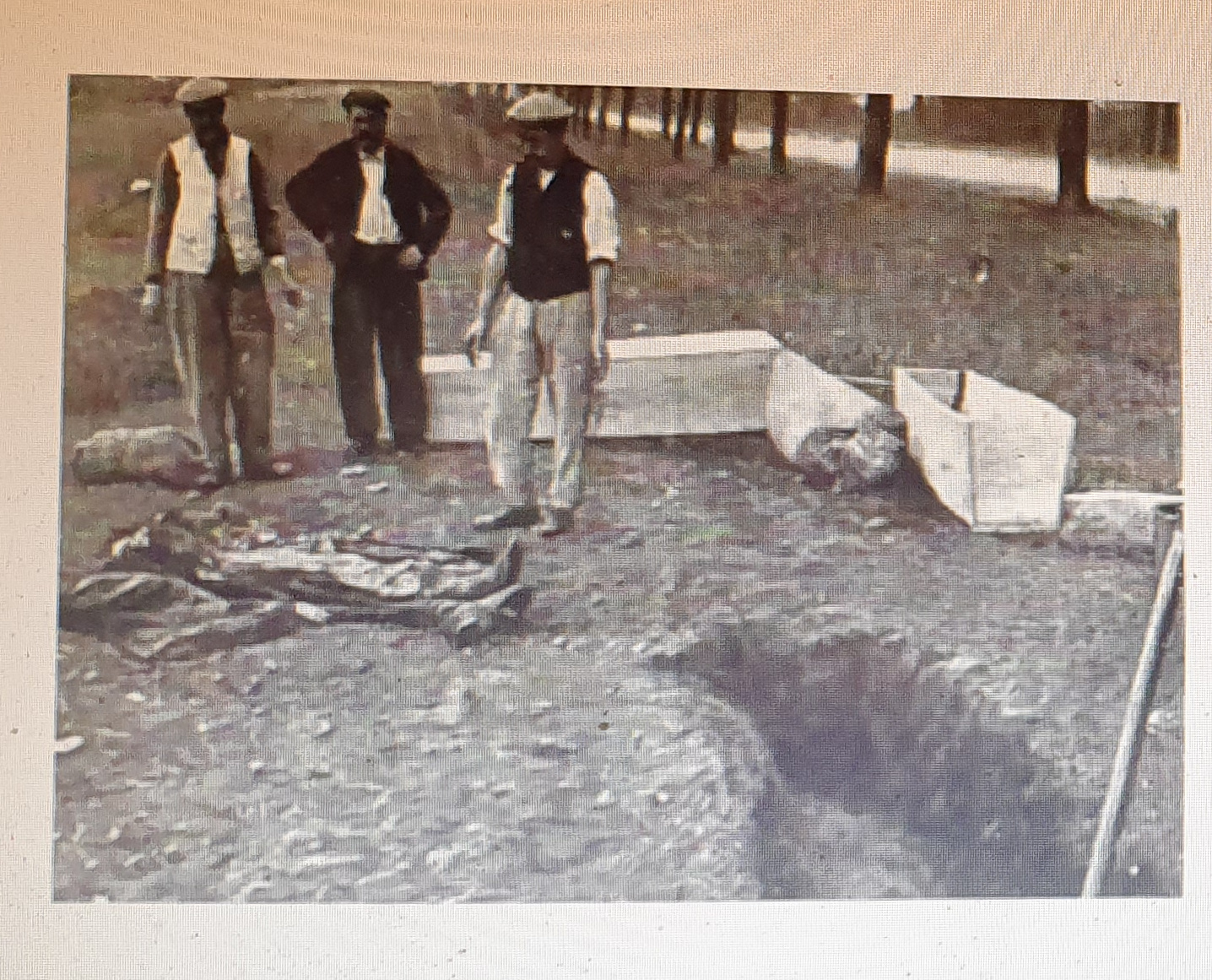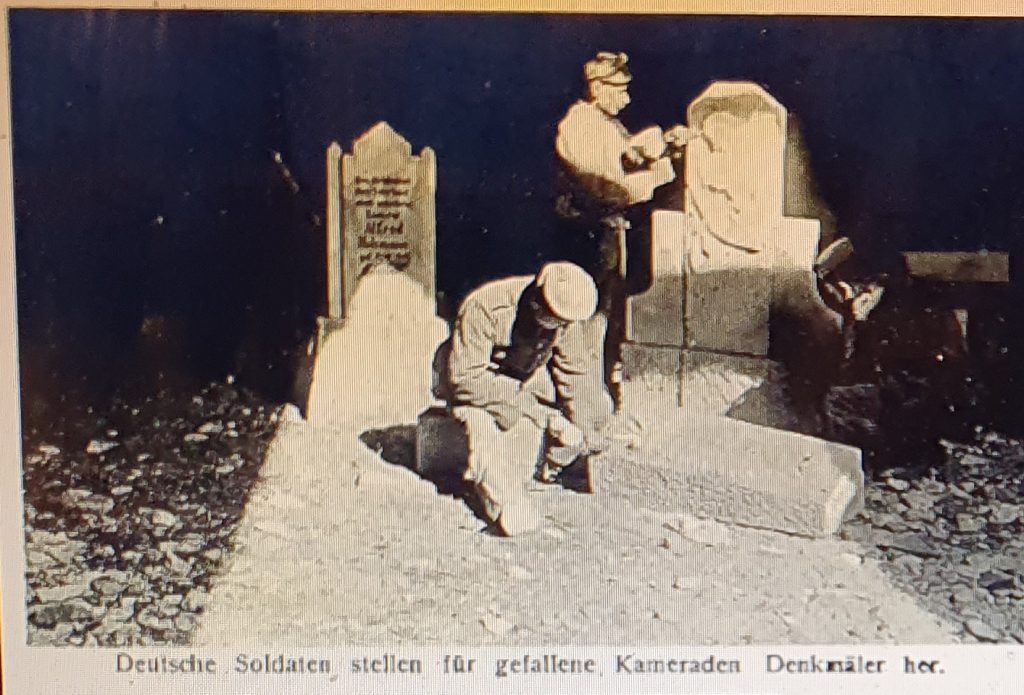Last week, there was a rather disturbing story in the news about a guy who likes having sex with dead bodies. He also murdered people but there seemed to be a lot more outrage over his dead body desecration than anything else he did. Of course, it could be just the sensationalist side of the news that deems necrophilia better than murder. And it seems he murdered the women in order to have dead sex with them.
This was how the Sun opened their story about it: “A hospital electrician had sex with at least 100 dead bodies in morgues as he remained free for thirty years after murdering two women…” Note the words they chose to bold as well as the order of the outrage.
The version in the Evening Standard isn’t much better. It emphasises the depravity and how upset people are about their dead relatives being ‘violated’ by David Fuller. The poor murder victims are mentioned in passing at the end.
I read one report that called the dead ‘rape victims’.
Ignoring his murders (like the newspapers have) clearly Fuller is a freak. I can’t imagine wanting to have sex with a dead body. It can’t be particularly nice. Still, to call the bodies victims is a sick way to report news.
Another ‘dead’ story was the WFA Webinar I attended tonight. Presented by Christina Holstein, it discussed the issues with the burial of the First World War dead. It dealt primarily, and mostly, with the French, particularly at Verdun.
Of course, everyone thought the war would be over by Christmas so no-one really thought beyond a few mass graves for the unlucky ones. That had been the way the war dead had been handled in the past but, as the war kept going and the bodies grew, the powers that be realised they had to have some sort of plan.
The plan had to take into account the desires of the relatives as well as the simple logistics of dead disposal. People were asking to have their relatives dug up and repatriated, ‘home’ to be buried with their loved ones. To this end, the French government decided to split France into different areas. One of those areas was designated as the Zone of the Army. No-one could be repatriated from this area.
The rest of the country was okay and, if you had enough money you could hire someone to go and dig up your son or father and send him home. Sometimes, under the shadow of the night, relatives would dig them up on their own, stuff the bits of the bodies in bags and cart them home on their backs.

Now, I think that is really odd. Apart from the fact that most of the bodies would have had horrendous injuries, there was the fact that the body in the grave may not have belonged to the name on the marker. What is the point of carrying a body home when it might be someone else? Surely that defeats the purpose. If you think that dead bodies have some sort of sentience, then they’re not going to be at rest lying around in the wrong village churchyard.
I really felt for the poor French. They were handed this huge problem and tried all manner of things to solve it but were frustrated over and over. Firstly there were individuals wanting their dead then whole countries joined in. Christina’s lecture gave an inkling of the operational mess around the dead.
The belligerents are quite happy to go around ordering people to kill each other but don’t want anything to do with the disposal of the mess their actions provoke.
The question I was left with after the webinar was why do the living want some sort of connection with the dead? Are they worried that when the rhapsody happens, they’ll sit up and have no idea where they are? Or have anyone around them that they were related to?
Dead is dead. Once life has flickered out, it’s just so much meat. Your relative has gone. I know people have to mourn and grieve, but I don’t know why they need a body to do that. My father was cremated and his ashes spread out over the water. There’s no marker, no grave. But I remember him. I don’t remember him as a dead body, I remember him alive.

The webinar was very enlightening and, in an odd kind of way, given the material, enjoyable. I also want to go and visit the ossuary at Verdun now.


